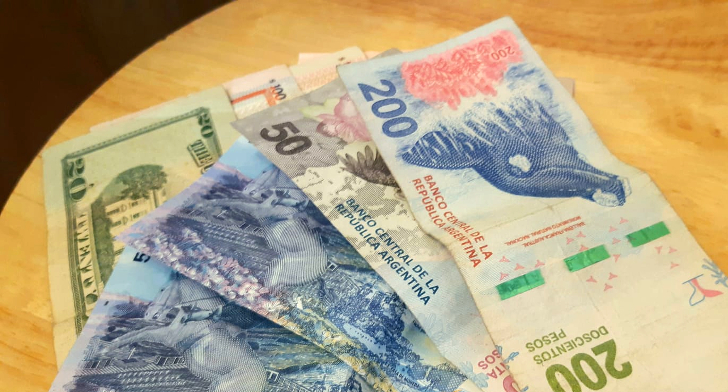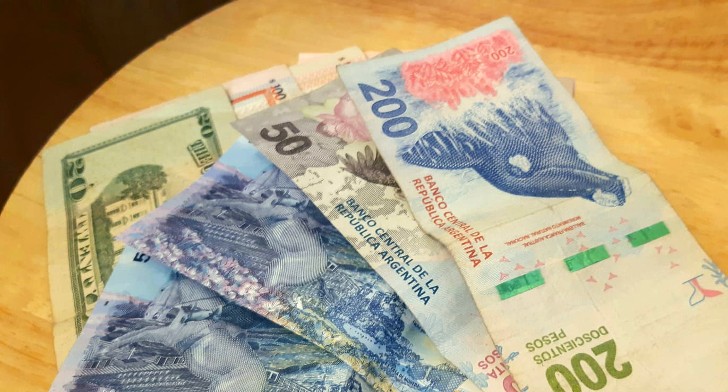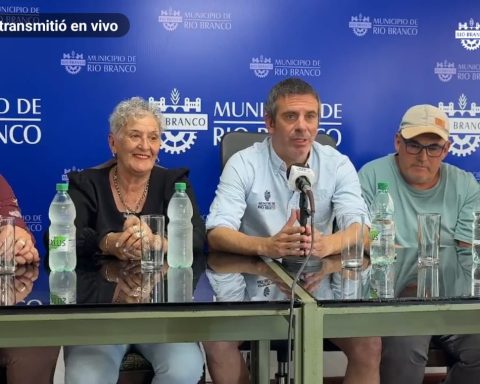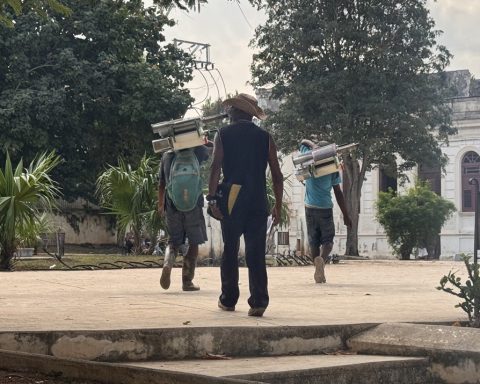
The Ministry of Economy has decided to freeze the application of the measure that would allow reduce VAT in the border areas with Argentina and Brazil. This decision has been taken to avoid what is described as a “very important tax waiver“and also because of the doubts that exist regarding the possible effects of implementing this measure.
In recent years, differences in exchange rates have fostered the so-called “shopping tourism” of Uruguayans to Argentina. However, this pattern of behavior began to change after the government of Javier Milei decided to devalue the official dollar. Although this devaluation momentarily reversed the trend, it has not been consolidated since then.
According to a recent study by the Economic Observatory of the Salto Campus of the Catholic Universitythe price gap between Salto and Concordia, on the Argentine side of the border, grew significantly. From 59% in May, the difference margin rose to 80% in the July measurement.
The freezing of the VAT reduction measure in border areas is causing uncertainty for both local traders and consumers.
Many expected that these tax cuts would generate greater competition in the Argentine and Brazilian markets, making local purchases more attractive and reducing the flow of foreign currency.
VAT rates in Latin America
In 2024, Uruguay and Argentina are among the Latin American countries with the highest VAT rates. In Uruguay, this rate is 22%, while in Argentina it is 21%. Other countries in the region have varying rates, with Paraguay and Panama having the lowest VAT rates, at 10% and 7% respectively.
Chile and Colombia maintain a 19% rate, followed by Peru and the Dominican Republic with 18%. Brazil has an average of 17%, Mexico has 16%, and both Honduras and Nicaragua are at 15%. Bolivia, Costa Rica, and El Salvador apply a 13% rate, Ecuador and Guatemala 12%, Venezuela the same percentage, and Puerto Rico reaches 11.5%.


















